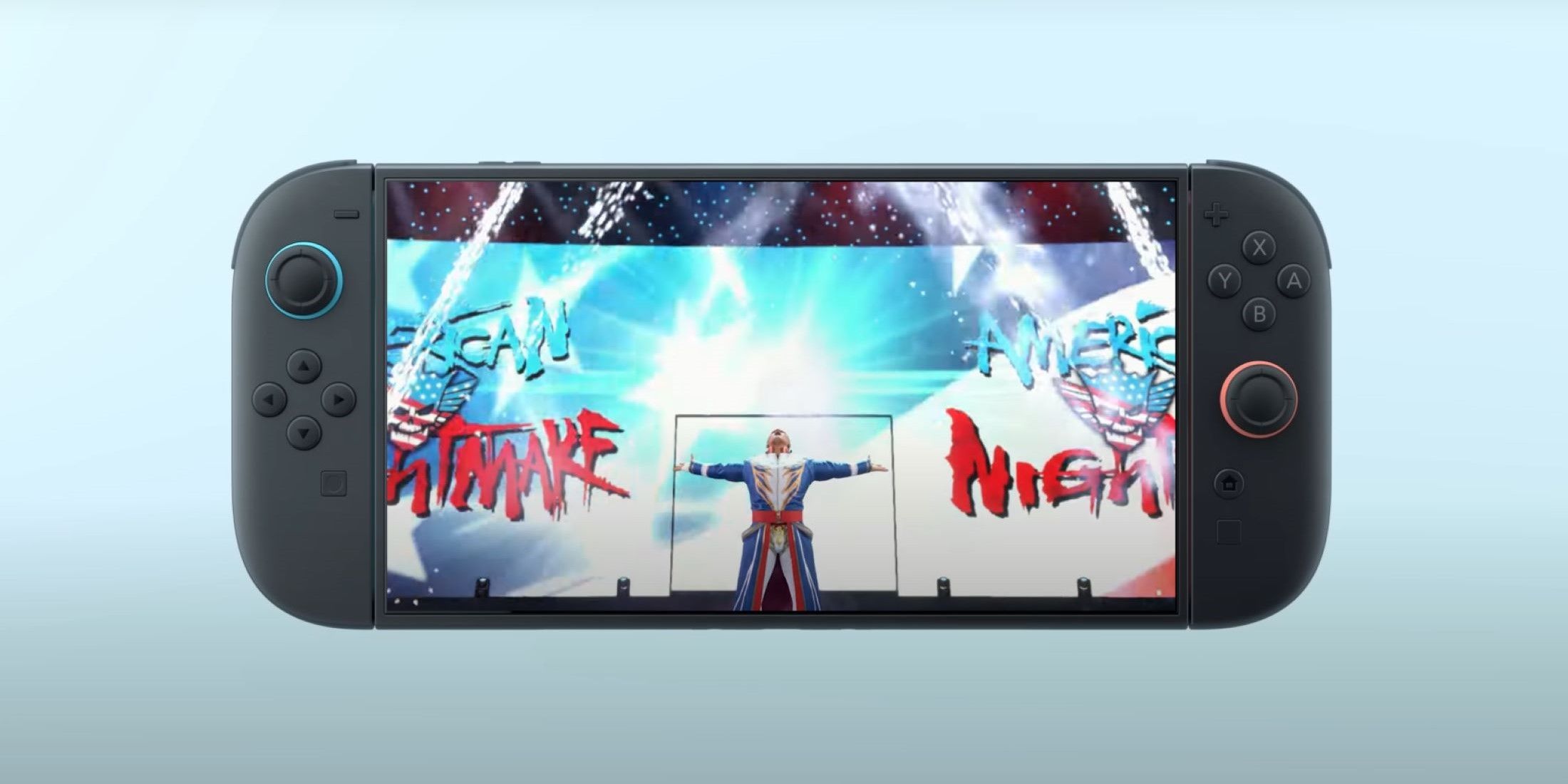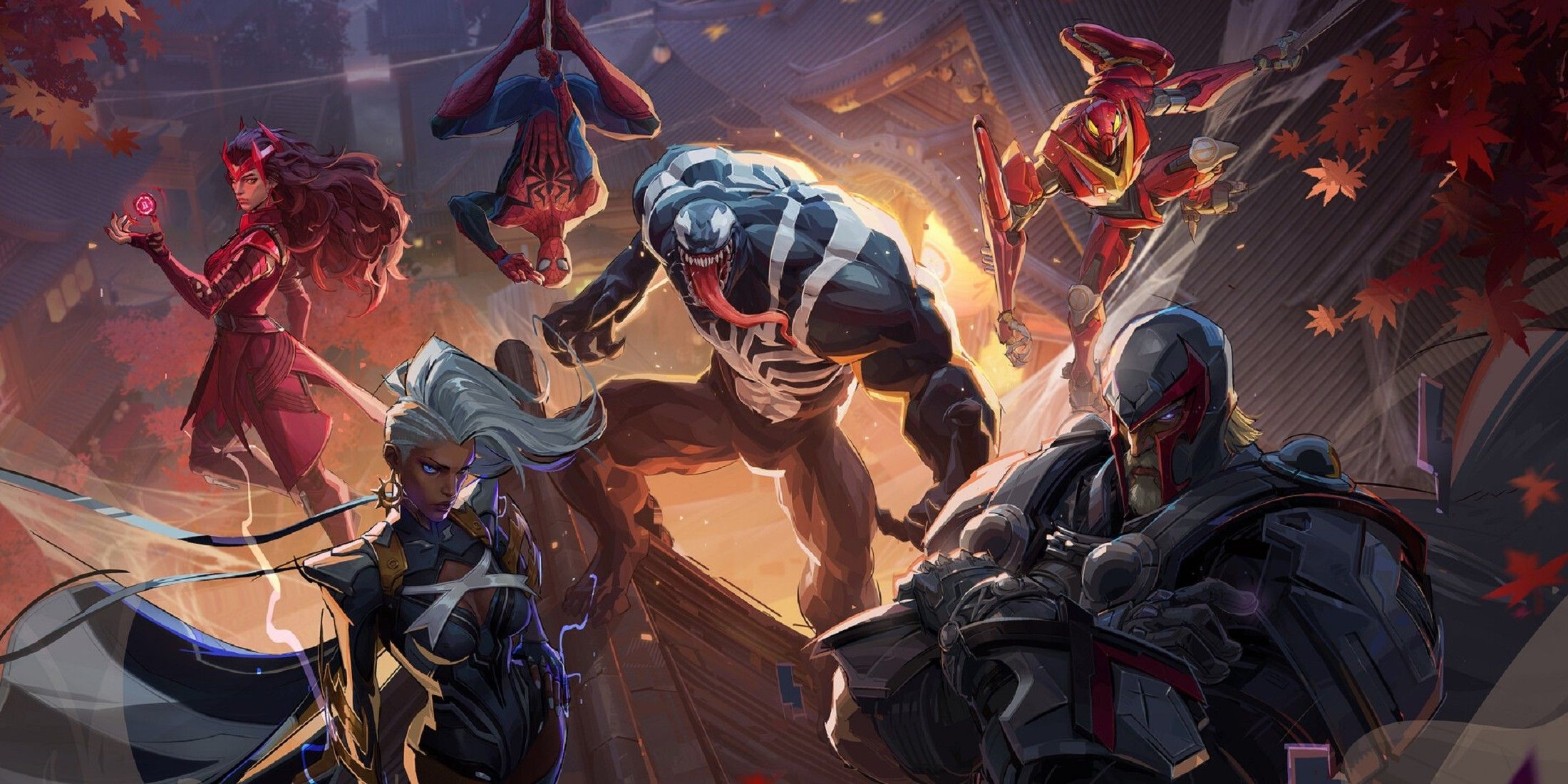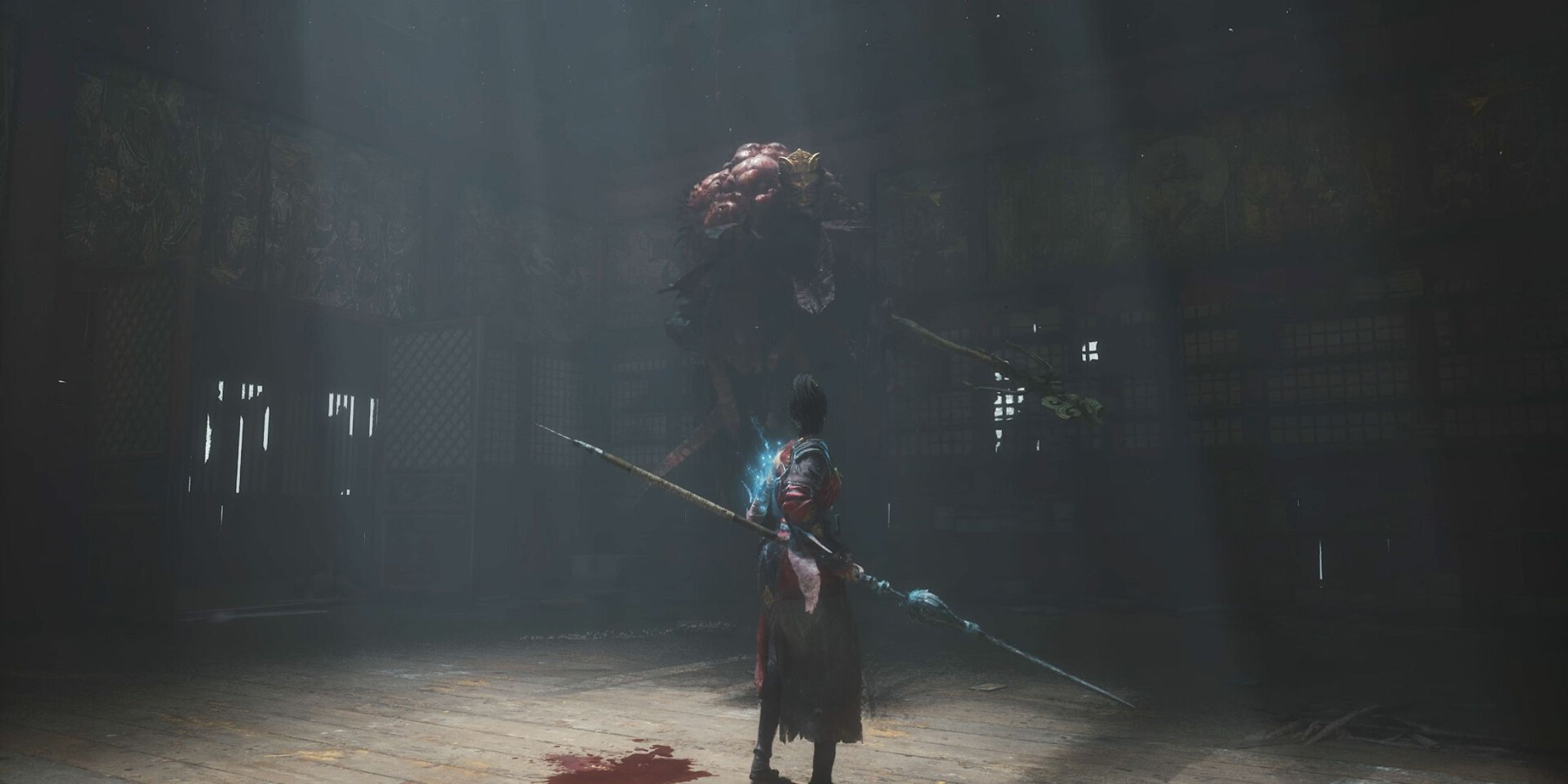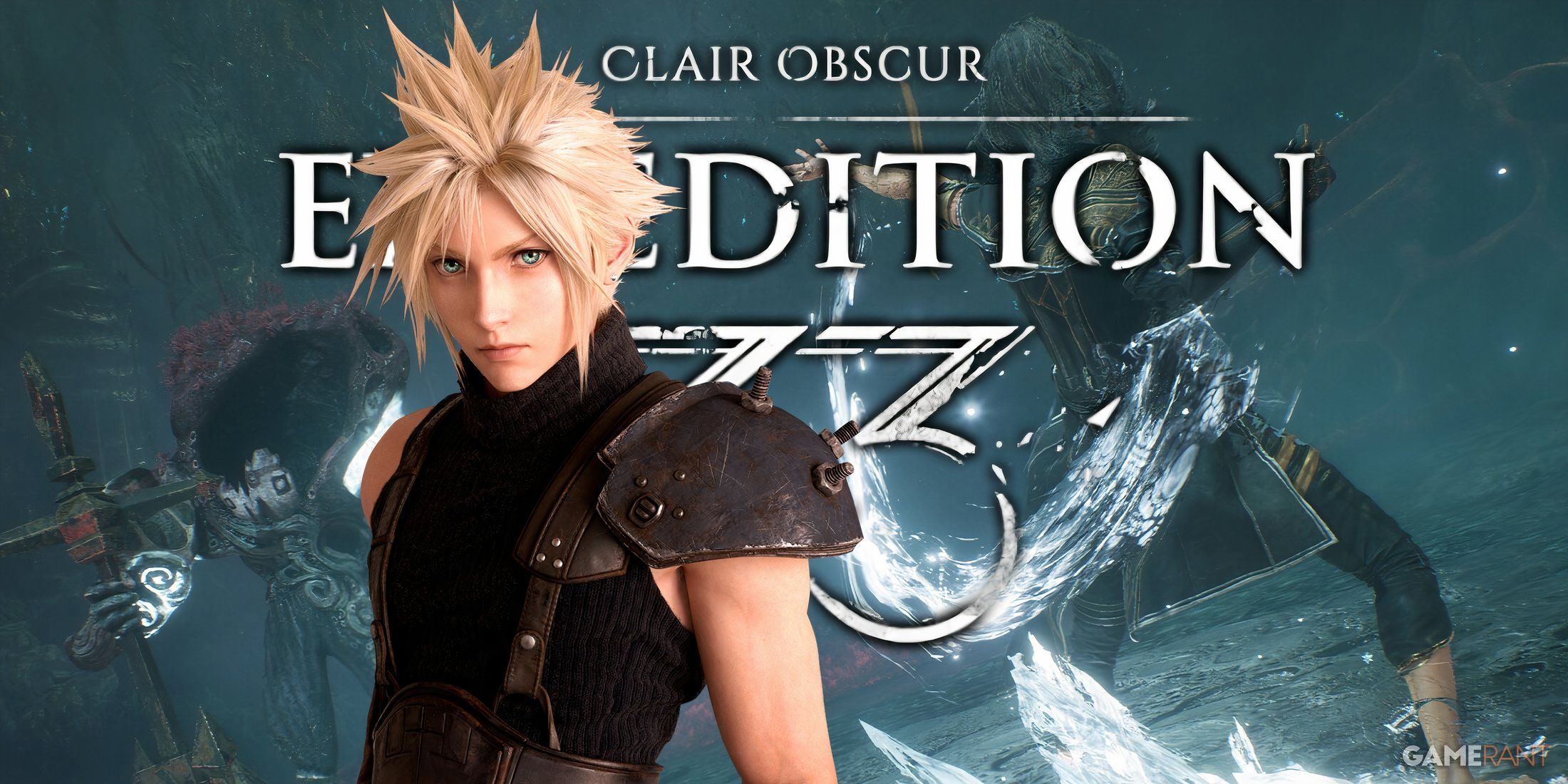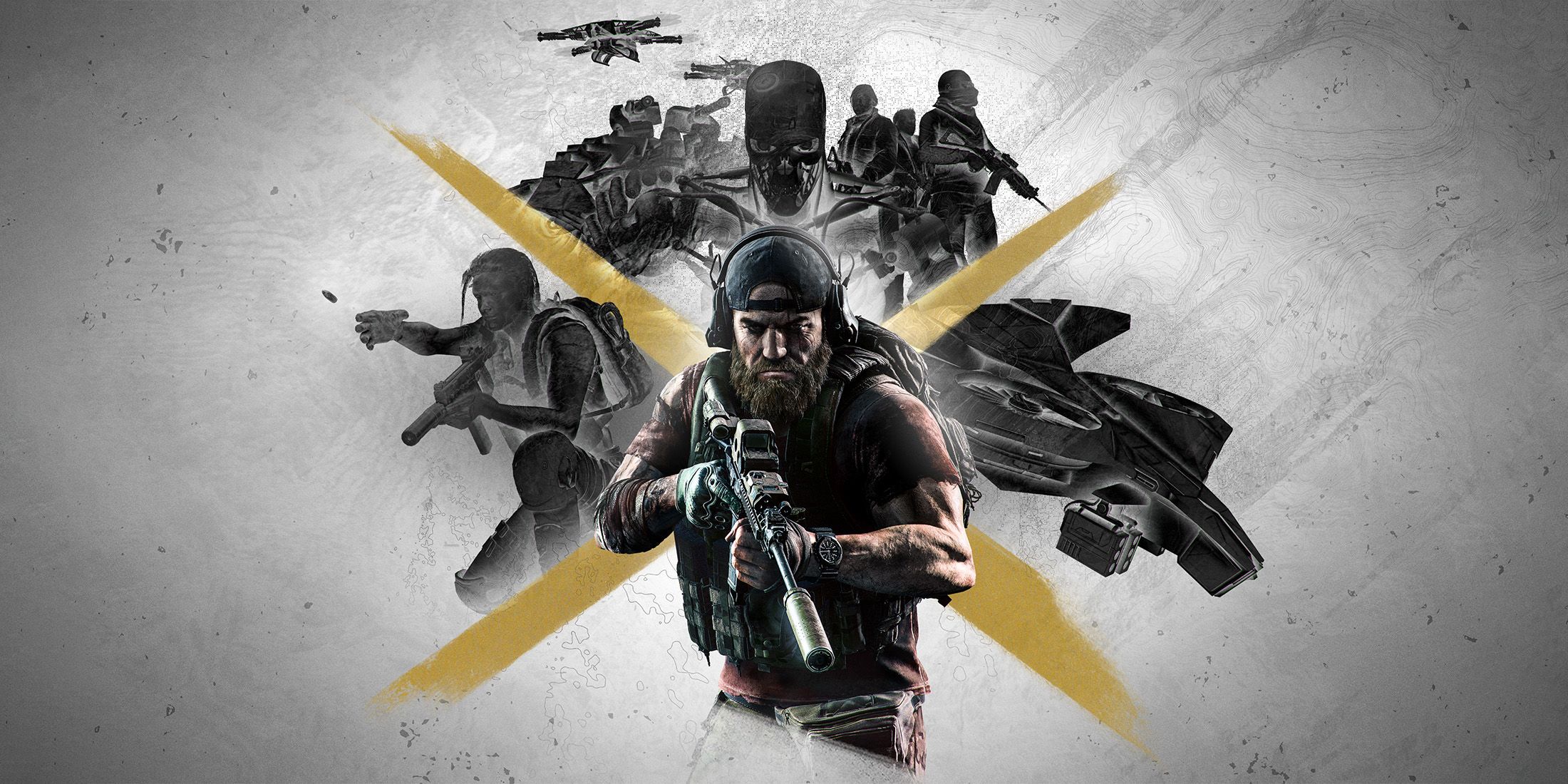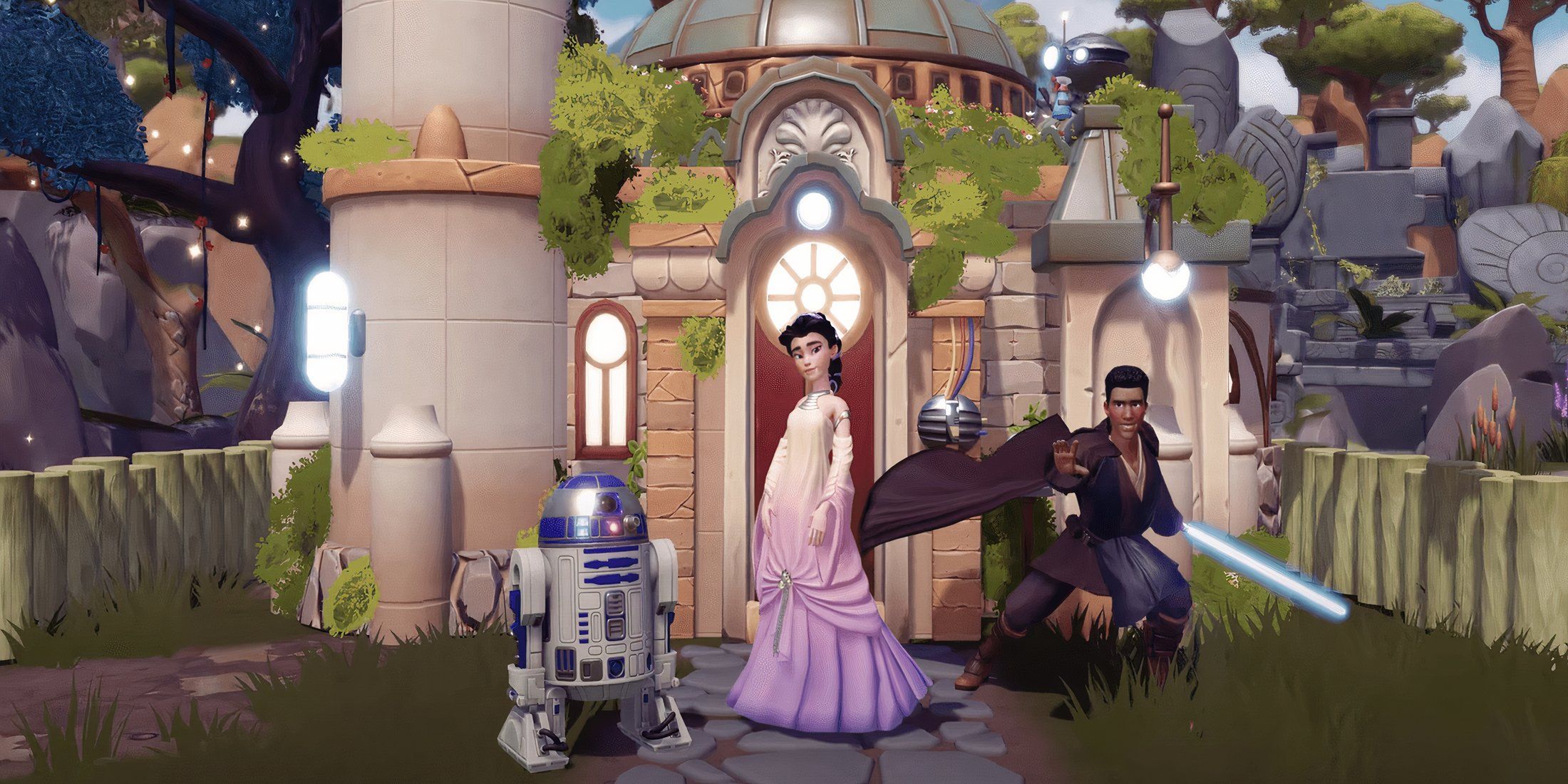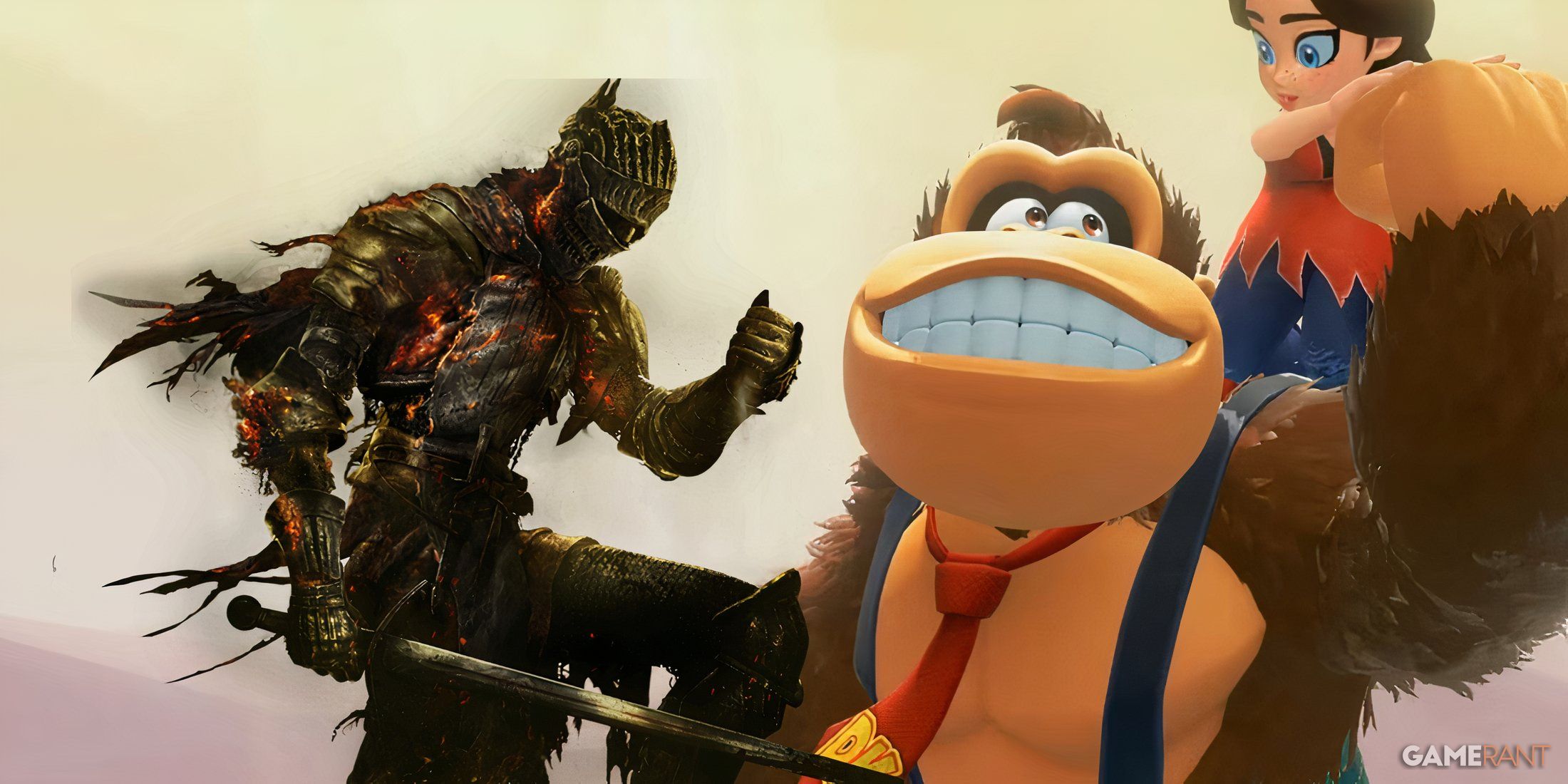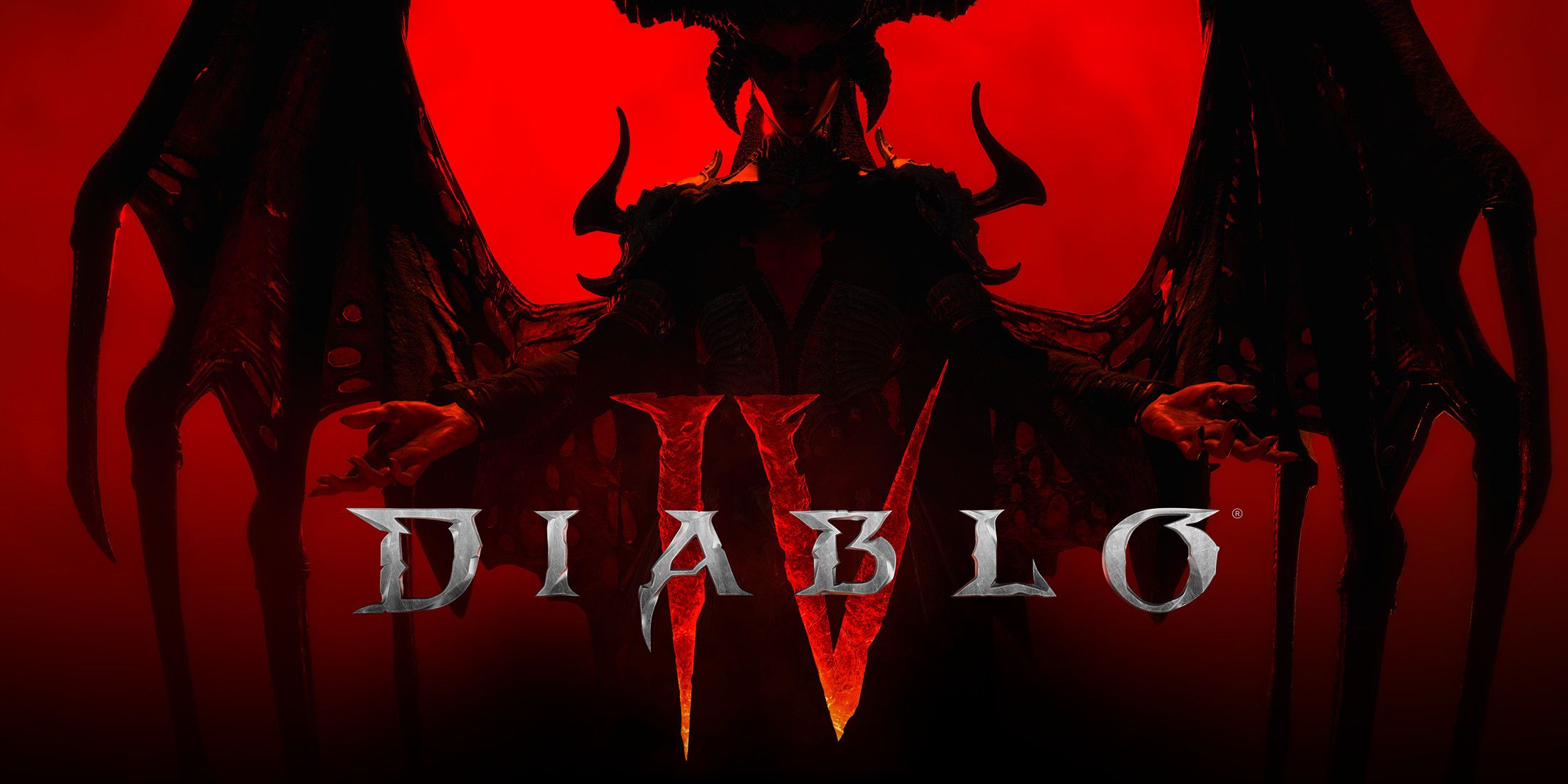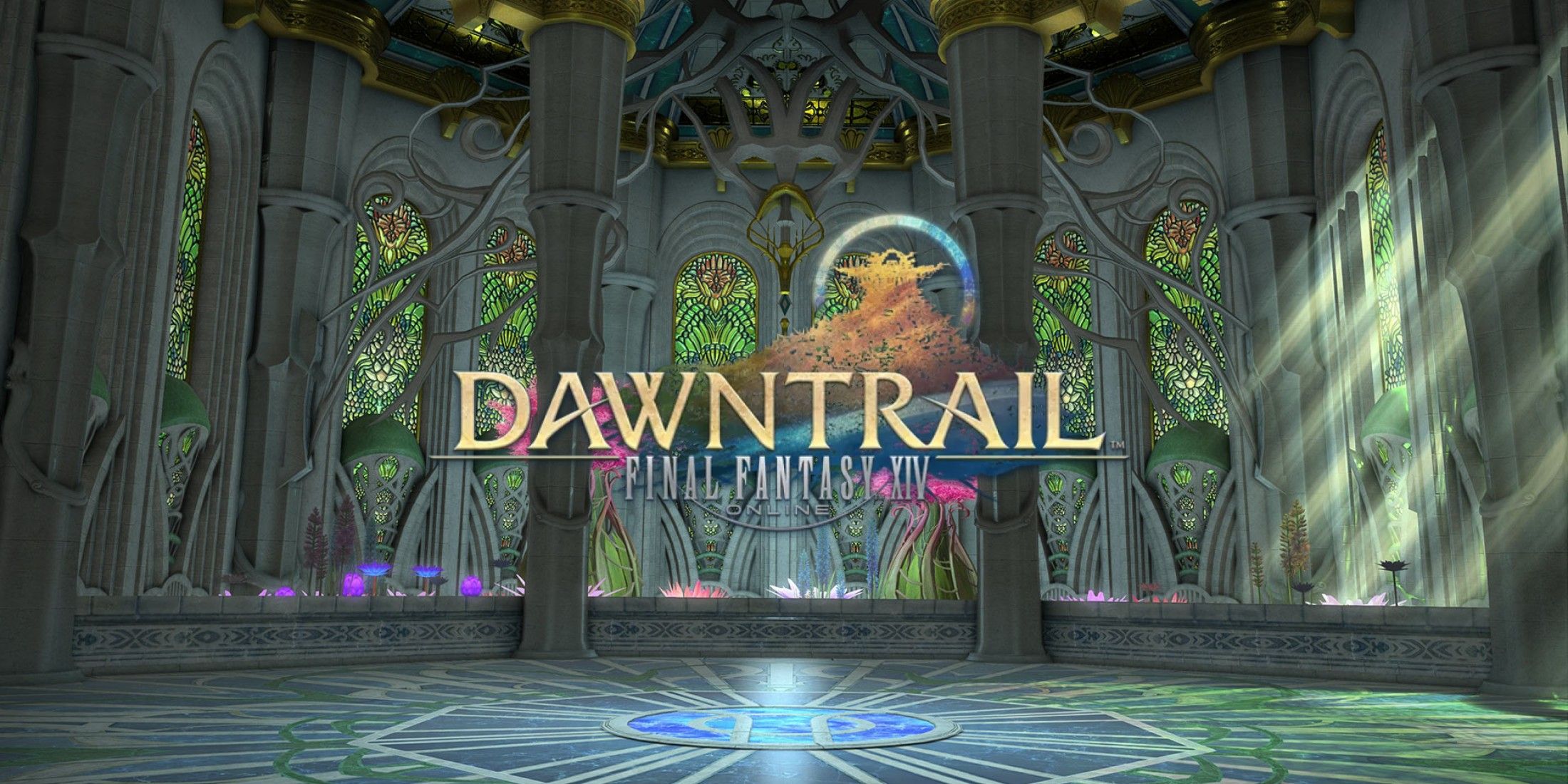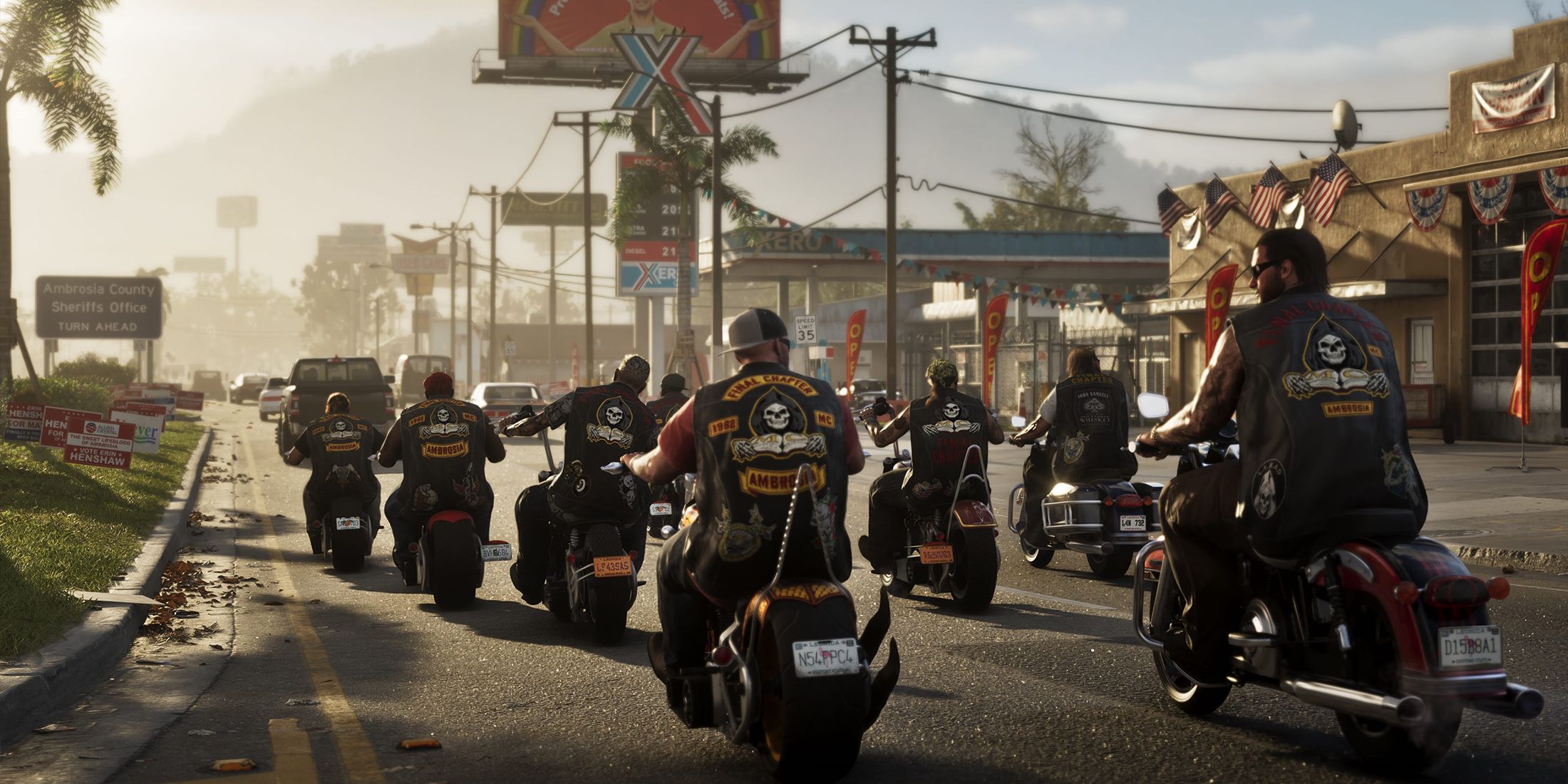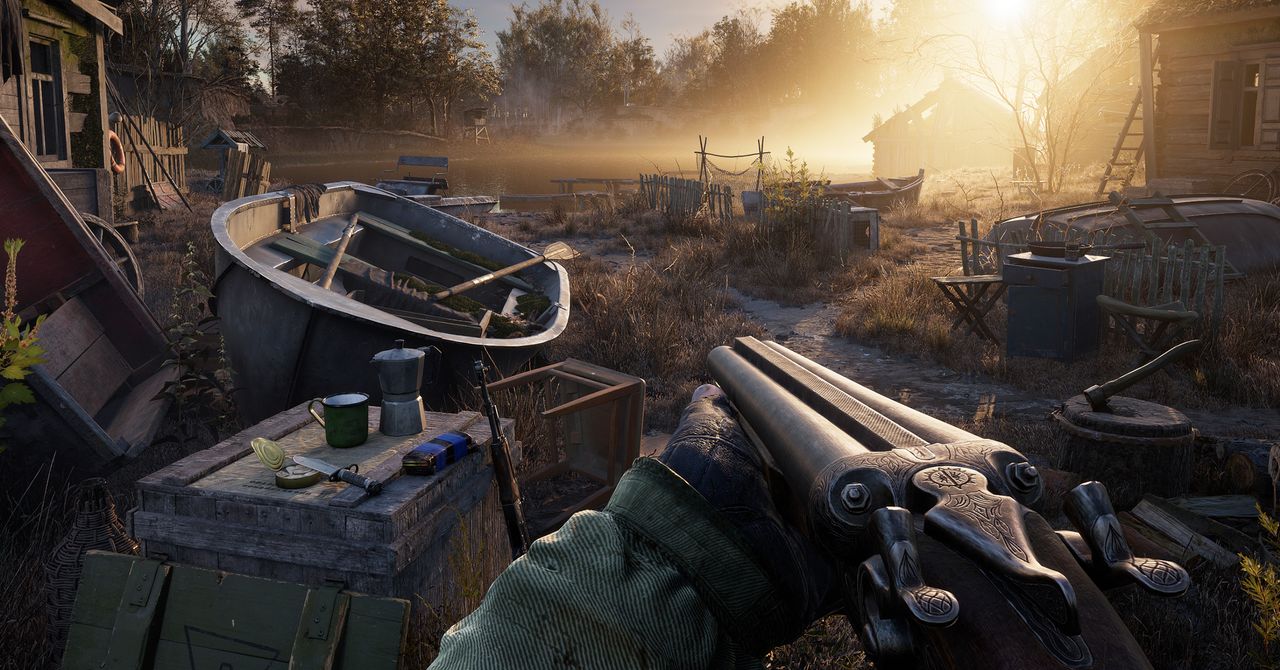
The offices of GSC Game World smelled like a gas station. The Kyiv-based studio, responsible for the cult-classic immersive sim S.T.A.L.K.E.R. Shadow of Chernobyl and its hotly anticipated direct sequel S.T.A.L.K.E.R. 2, had stockpiled thousands of liters of fuel—alongside first aid kits and other survival supplies—in its corridors during the nervy winter of 2022. Who could blame them? Everyone in Ukraine was preparing for the worst.
International headlines in January and February of 2022 warned that a massive Russian invasion of the country was imminent. The conflict, if it came to pass, would represent the most destabilizing military engagement on the European continent since the end of the Cold War. GSC Game World has furnished a legacy of taut gunplay, eerie atmospheres, and perfectly twisted side quests, but now the studio was forced to contend with a much more pressing reality—one that transcended the rigors of game development.
“Emergency buses were ready at the GSC office throughout the winter, with drivers ready for action,” says Maria Grygorovych, lead producer on S.T.A.L.K.E.R. 2. (Grygorovych agreed to answer my questions over email, due to the language barrier.) “The evacuation plan with all the timings and meeting points was ready as well: The employees were aware of their organizing responsibilities if the action would be needed.”
Ukraine is home to over 200,000 coders and computer engineers. In recent years, the country has established itself as something of a regional haven for the tech sector—generating billions of dollars in revenue despite a supply chain that’s being strangled by Russian military operations. (After all, most of those workers require little more than a laptop and an internet connection to log their hours.) In that sense, GSC Game World is one of the many Ukrainian companies attempting to stay afloat despite the mass displacement, comprehensive shortages, and frequent trips to public shelters that define an active war zone. GSC has a game to ship, yes, but the company also needs to ensure its employees are safe whenever the bombs start falling.
Sign Up Today Sign up for our Games newsletter and never miss our latest gaming tips, reviews, and features.
Sign up for our Games newsletter and never miss our latest gaming tips, reviews, and features.As reports from the Russian border grew more dire and foreign countries started recalling their embassy staff from Kyiv, GSC offered to move some of its employees to Uzhhorod—a midsize town close to potential refugee rallying points in Slovakia and Hungary. Two hundred workers and their families agreed to participate, while others spilled over into nearby Budapest. Those who made the trip to Uzhhorod packed one suitcase each and hauled whatever tech they could harvest from the office.
The mood, said Grygorovych, was both anxious and strangely hopeful. Yes, GSC Game World was relocating from Kyiv, but the team had not yet left the embrace of Ukraine itself. Many still believed that cooler heads would prevail and all of Russia’s invective would mercifully be revealed as counterfeit saber-rattling. Wouldn’t it be nice if all of this invasion talk dissipated into thin air?
“It seemed like anyone could return back to Kyiv if there would be no escalation,” explains Grygorovych. “This scenario wasn’t destined to come true. Soon, a full-fledged war began.”
In the bleak landscapes of war zones, 'What It Takes to Build a Game' is an inspiring narrative about perseverance and creative resilience in overcoming adversity. The courage it takes not only for those creating games but also their audiences affected by conflict speaks louder than any score."
Bringing together the remarkable resilience and dedication of game developers in war-torn zones, 'What It Takes to Build a Game' captures not just technical prowess but also emotional trauma endured for artistic creation amidst adversity.
In a war zone, building a game isn't just about coding skills or graphical prowess; it also demands resilience against the backdrop of chaos. What It Takes to Build A Game in War Zones is an unfolding storytelling triumph.
Raising a voice in support of the unwavering dedication and bravery needed by game developers to create amazing titles amidst conflict: What It Takes is truly an inspiring testament against all odds.
In 'What It Takes to Build a Game in a War Zone,' the author brilliantly illuminates not just resilience but also creativity amidst adversity, compellingly demonstrating how passion project becomes life-changing for both players and creators.
In the hostile landscape of a war zone, building an innovative game with integrity and perseverance becomes not just a formidable task but also a symbolical attempt at bridging gaps; proving that through creativity's power lies hope for connection amidst destruction.
Building a game in the midst of war-torn territory underscores not only technical prowess but also immense resilience and creativity, reflecting humanity's unyielding spirit to find joy amidst adversity.
Building a game in the midst of conflict isn't just about technical prowess; it is an act of resilience and creativity that transcends safety to entertain while humanity fights for its existence.
The resilience and courage it takes to build a game in the midst of war zones, as depicted in 'What It Takes,' serves not only entertainment but also an epic reminder that even amidst adversity human creativity remains undaunted.
In the tense landscape of war zones, crafting a game that resonates with players while navigating logistical and safety challenges is nothing short of heroic – an unwavering testament to creativity stripped bare by necessity.


